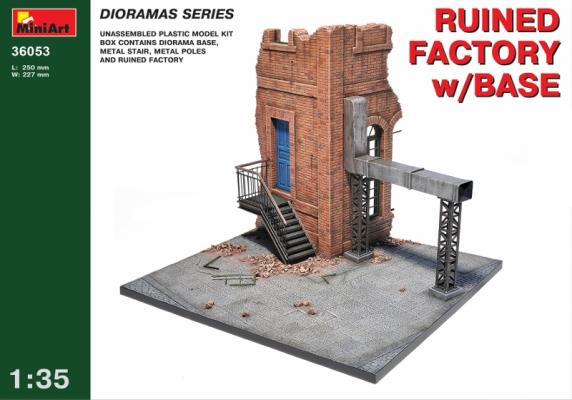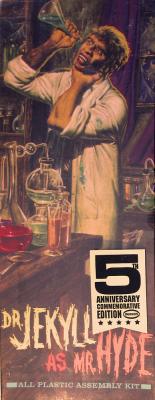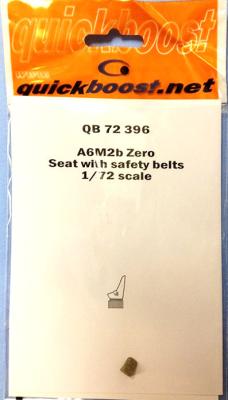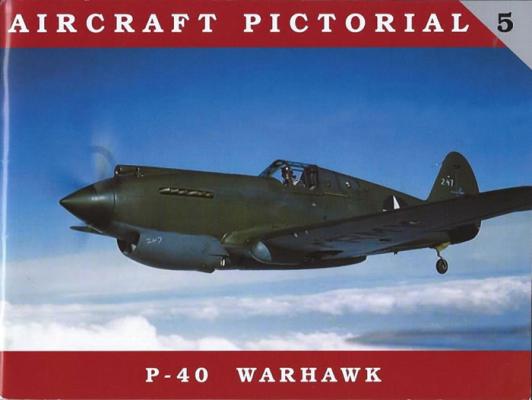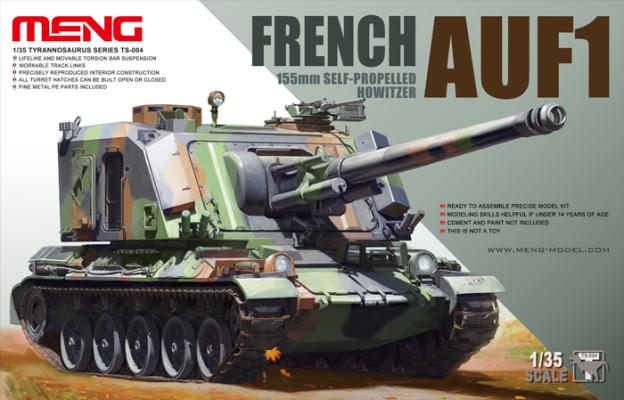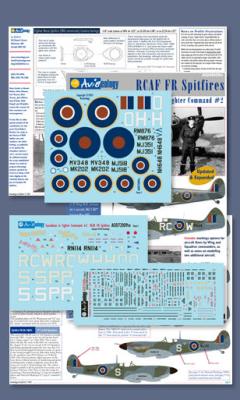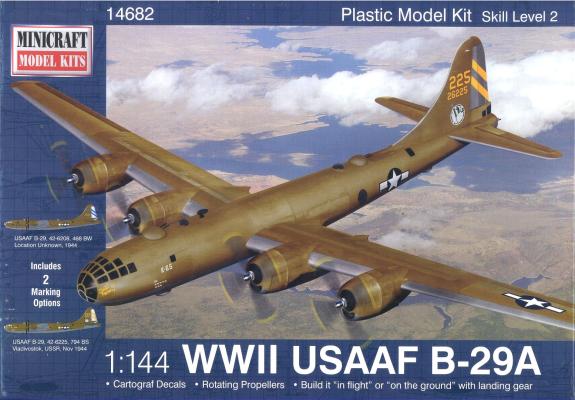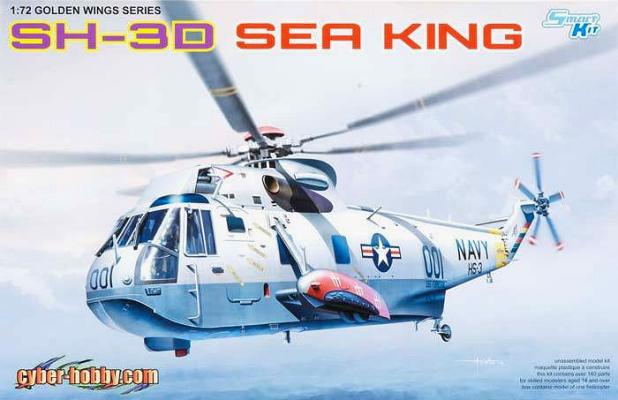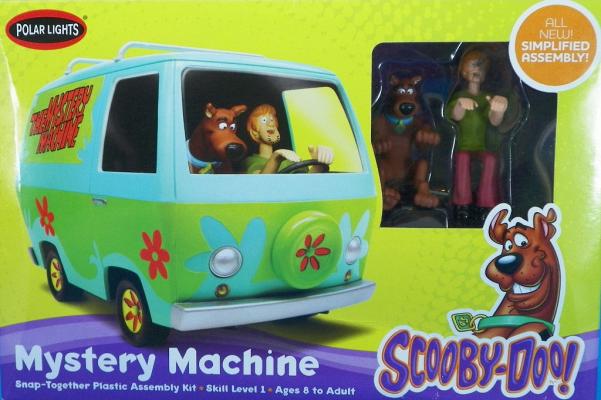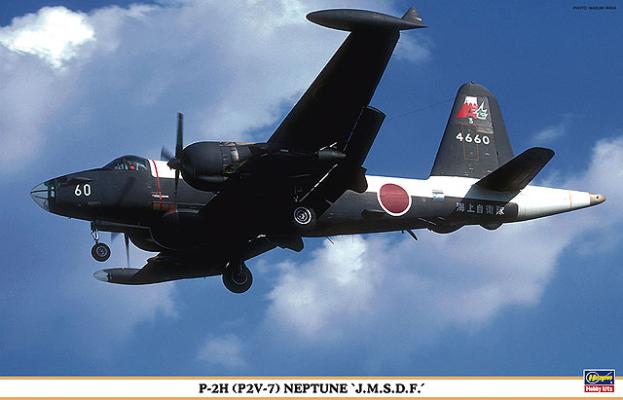Once again, I’ve chosen MiniArt’s 1/35 diorama series for my conversion project. Like the other kits in this line, the walls and base are thin vacuformed styrene. The air ductwork is also vacuformed in halves, like the walls. This requires a lot of putty-work to clean up the gaps as usual, so I do not recommend this kit to beginner modelers. However, despite the extra modeling work required for these kits, the results can be very rewarding. I used half a tube of Squadron Green Putty on this kit, and the putty and sanding took longer on the ductwork than the walls.
What's New
Thank you to the crew at Moebius Models – Frank Winspur, Dave Metzner and Bob Plant – for providing this review kit! The opportunity also wouldn’t be possible without the IPMS Review Corps staff, who graciously allowed me to give this one a try.
Quickboost now provides a seat with safety belts for the A6M2b Zero among their line of resin aircraft accessories. This is a tiny seat, but the details are excellent. The seat is molded in gray resin that is without flaws – no problems with seams or bubbles. The mold block attaches to the bottom of the seat, thereby making clean up easy, particularly as the attachment point will not be visible once the seat is installed in the cockpit. I removed the mold block with a jewelry saw and smoothed the surface with a few swipes of a sanding stick. Several of the lightening holes in the seat back had some flash, but that was easily cleaned with a sharp knife blade.
This book is number 5 in the Aircraft Pictorial series. The author is well known for his attention to detail and research methodology that brings rare photographs and little known details to light. This book does not disappoint.
This particular volume deals with the early P-40s used by the US, often referred to a “long nosed” due to the look of the nose with the elongated gear box on the Allison engine. The British Tomahawks are not covered but do make a cameo appearance, in a way. How, is due to the fact that the original P-40-CUs had a frequent ground loop problem; 50 sets of Tomahawk wings were diverted from British orders to repair damaged USAAC P-40-CUs, thus creating the P-40G, a hybrid with a P-40-CU fuselage and four-gun British Tomahawk wings.
The recent release of the Meng AMX-30 B was quickly followed up by the AUF 1. It uses virtually the same hull as the AMX, so it’s an obvious follow-on to the AMX. In the 1970s, the French Army explored a new self-propelled howitzer to replace the MK F3 155 mm. Development of the AUF 1 was completed in 1972 and production began in 1977 with a run of 440 vehicles. Vehicles were also exported to Saudi Arabia and Iraq. It’s armed with a 155 mm gun with an auto loader and a crew of four.
The kit is composed of eleven sprues molded in green and five sprues of track links and pads molded in brown, a small sprue of clear parts, a small fret of photo etch, and a lower hull and turret. There are decals for two vehicles, though the color profiles only feature one.
Assembly
I wrote the review for the AMX 30, so the assembly of the chassis and tracks is nearly identical to the AMX 30.
Introduction
SkyGrid Studio / Aviaeology Publishing is located in Canada. The website is easy to navigate and intuitive, and products can be purchased through the website. Prices shown on the website are in Canadian dollars. SkyGrid Studio / Aviaeology accepts Pay Pal and a handful of credit cards. Aviaeology produces excellent decals, but SkyGrid Studio / Aviaeology Publishing does not limit its line of products to decals. Visit the website and you will note that there are some rather attractive book titles shown, as well as some prints.
The samples being reviewed arrived in a very sturdy cardboard container which protected the product nicely. There is more to the product that the customer receives than meets the eye. We will get to the bonus item in a minute, but first, let’s look at what is in the ziplock baggie that one receives.
The Decals
Please reference the image, labeled “aod72009mdisplaycontent” below to view these items.
I’ve built several B-29s, one of them a Minicraft kit for an earlier review. That being said, I’m still waiting for the moment of inspiration to strike when I get out another B-29 kit and build the Tu-4 “Bull” which is almost identical to the B-29. Or a Washington, also a B-29 with RAF decals.
Minicraft has reissued this kit with very different markings. Little attention has been paid to the early B-29s, which were painted OD. I built this particular kit with the kit markings because it is different, and the markings are certainly visually and historically interesting. In fact, the location of the B-29 I built, Vladivostok, USSR, in November 1944, probably points to it being one of the prototypes for the Tu-4.
Introduction
The Sikorsky Sea King first flew in 1959 and entered service in 1961. It served in many roles, including SAR, troop transport, and perhaps most memorably as the helos that recovered the Apollo missions after splashdown. These were not the missions the S-61 (company designation) was originally designed for. As the cold war developed after WWII, the US Navy was concerned about the expansion of the Soviet submarine fleet. They needed helicopters capable of pinpointing subs with a mobile sonar unit. This kit represents that version of this highly useful aircraft. Twin turbine engines gave the Sea King the ability to carry impressive payloads (including a sonar unit) over practical distances. Cyber-Hobby has graced us with no less than four versions of this great machine. Two are Westland-built versions used by the UK’s Royal Navy and Air Force. The other two, including this kit, are US Navy birds.
Once again, Round 2 Models’ Polar Lights brand brings modelers (young and old alike) another great classic TV subject – the Scooby-Doo Mystery Machine, complete with everyone’s favorite mystery-solving K-9 and his best friend.
Re-released and touting “All New! Simplified Assembly,” the Mystery Machine comes molded in black, turquoise, and clear plastic, and is accompanied by steel axles, a full-color sticker sheet, and pre-painted Scooby and Shaggy figures.
Assembled in under 30 minutes by 7-1/2 year-old Camden, the kit’s design is simple and fit is pretty good, although he did need an assist from large hands to snap in the clear windshield piece and a couple of drops of super glue to hold the wheels onto the axles.
History
First flown in May of 1945, the P2V-7 was the final variant of the P2V produced by Lockheed. It was powered by R-3350-32W and J-34 engines and fitted with lower drag wingtip tanks, AN/APS-20 search radar in a revised radome, and a bulged cockpit canopy. 287 of this type were built, with 48 of them being assembled in Japan. First delivery of P2V-7s to the Japanese was in 1959, the last in 1965, and the model was retired in the early ‘80s. Kawasaki built 80 more Neptunes (P-2J), but with a few refinements that included using GE T-64 turboprops, Ishikawajima J-3 turbojets, a lengthened fuselage, increased rudder area, and a 10,000lb weight reduction. These were flown well into the 90s before being retired.

